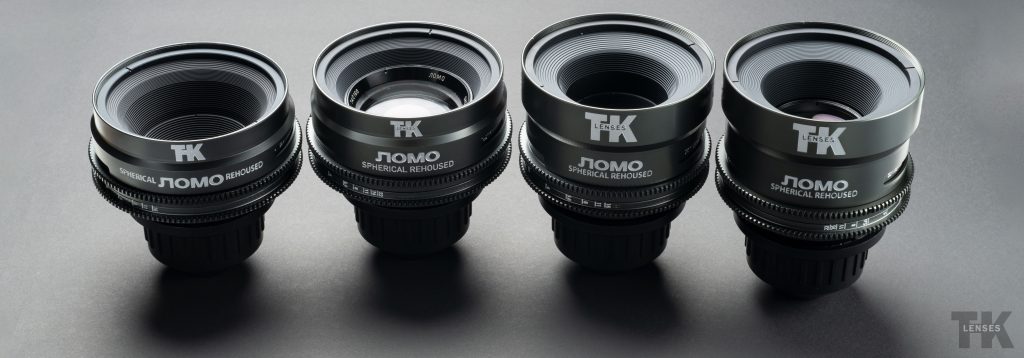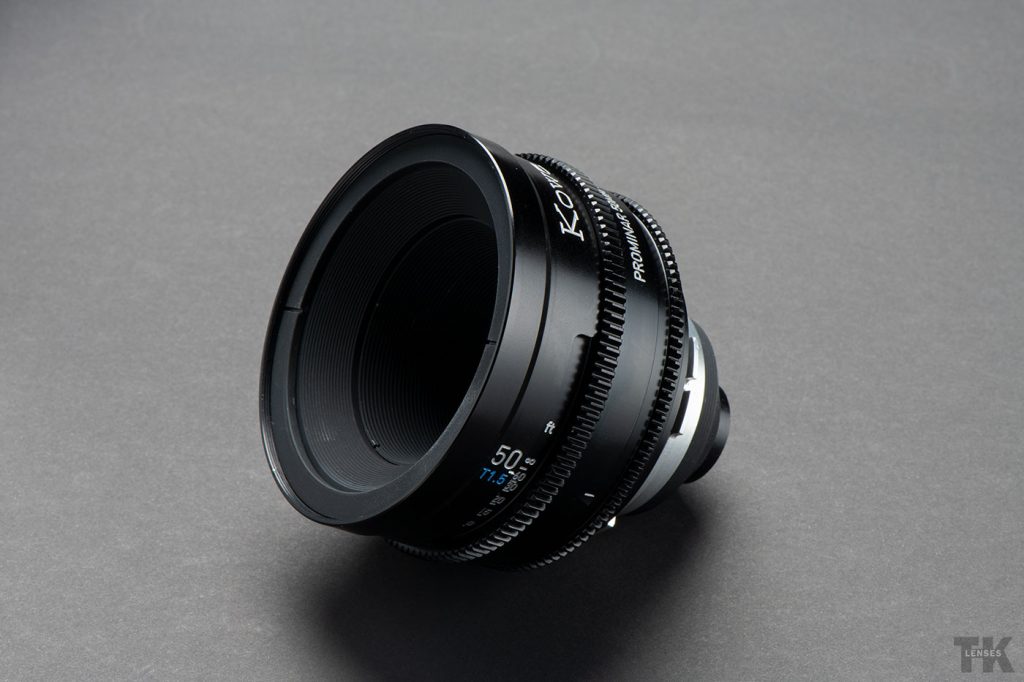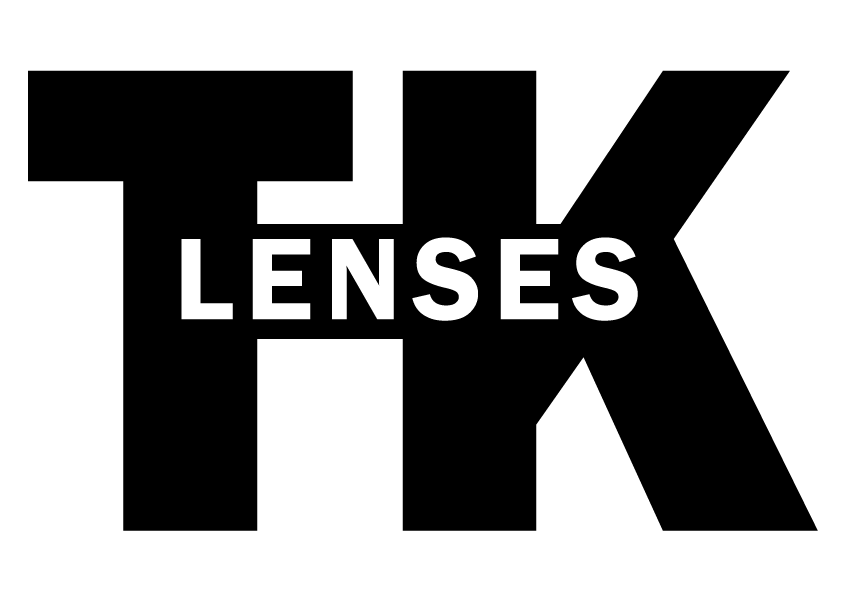It has been quite some time since our last update. Over the past several months, we’ve faced numerous developments and challenges. Despite several production delays, we’ve managed to deliver a few more sets and individual lenses. While some had issues that needed fixing, the feedback received has been invaluable in helping us continuously improve our work. We deeply thank you all for your trust and patience in our first year and truly appreciate all the support we’ve received.

One of the most significant advancements we’ve made recently is the acquisition of our newest machine, delivered just last month. This brand-new machine enables us to manufacture parts with a precision of up to 10 microns (0.00039 inches). As a result, we can drastically reduce deformation issues in the focusing mechanism parts. Achieving this level of precision helps us address a challenge that has persisted for over a year. Superior lens rehousing isn’t just about design; it also demands high-precision machining. One might be able to disassemble high-end lenses to observe the components, but understanding their exact dimensions, intended functions, and manufacturing processes is a different matter entirely. Even if someone could gather all this information about every single part, the subsequent challenge lies in replicating them with extreme accuracy; otherwise, they simply won’t function as intended.
This small advancement introduces us to a whole new set of challenges, including the need for highly accurate methods to measure the parts we produce, ensuring they fall within our specified tolerances. This isn’t as simple as using a vernier caliper to measure inside and outside diameters; it necessitates complex measurements in 3D space, often in extremely tight areas. Such equipment is expensive, and identifying the root causes of mechanical issues would be nearly impossible without them. While we currently lack these tools, we aim to gradually expand our inventory, acquiring them over time to continue advancing our techniques.
In addition to high-end machining techniques and intricate measuring devices, we are also delving into more industrial designs that could greatly enhance the focusing mechanism. However, due to the intricate nature of the machining process and financial constraints, this journey may span months, if not years. The intricacies don’t stop there; surface finish is also crucial, and we’ve experimented with numerous approaches to enhance this aspect of our work. We’re optimistic about making significant progress by early next year, as this will considerably enhance the focus’s smoothness.
That should cover most of the technical aspects we’re currently tackling. Of course, there are numerous other finer details not discussed here. Our next significant endeavor is establishing our new workshop location. This has been delayed primarily due to financial challenges. However, there’s good news: we’re collaborating with an investor, which increases the likelihood of securing a budget for this project by next year. A well-equipped workshop will greatly enhance our efficiency, especially with dedicated, isolated rooms for each process. Once established, we anticipate opening our doors to visitors who might wish to tour the facility.
We’re also planning to roll out initiatives to offer near real-time updates on lens rehousing progress to our customers. A dedicated team member will provide daily updates via a custom-designed mobile app, and in the future, we plan to offer live streaming directly from our new workshop. This will allow customers to understand the current stage of their lenses and gain insights into our day-to-day operations. While we’re still finalizing the specifics of the live-streaming feature, our goal is to ensure greater transparency and openness about the work we undertake.

As for our rehousing progress. To date, we’ve successfully rehoused over 50 LOMO spherical lenses, with the latest two sets scheduled for delivery to our early adopters this month. Our current projects encompass a diverse range of lenses, including the Kowa Prominar 50mm T1.5, Cooke SP 32mm Ser I T2.3, Kinoptik Tegea 9.8mm T1.9, Olympus OM 40mm T2.1, Olympus Pen-F 70mm T2.1, Carl Zeiss 15mm T2.9, Nikon 15mm T3.6, LOMO 10mm (OKC6-10-1), and several Nikon AI/AIS models. Our primary focus at the moment is to deliver the lenses received late last year and early this year. Subsequently, we aim to expedite the rehousing of lenses received later this year to mitigate any further delays. We truly understand the challenges of waiting, but please know we’re diligently working each day to complete your lenses at the earliest.
Lastly, we’re contemplating extending our warranty from one year to two, emphasizing our dedication to service any mechanical issues, particularly those rectifiable with our new machine. While we can’t claim perfection, we assure you of our unwavering commitment to enhancing our products. We’re driven by the goal of continuous improvement until our lenses are wholly endorsed by users. More details on this will be released soon.
We hope this long-awaited update offers a clearer picture of our workshop’s activities and our future direction. All our progress would not have been possible without your unwavering support, especially from our early adopters who entrusted us with their patience and faith. We deeply appreciate your generous support!
